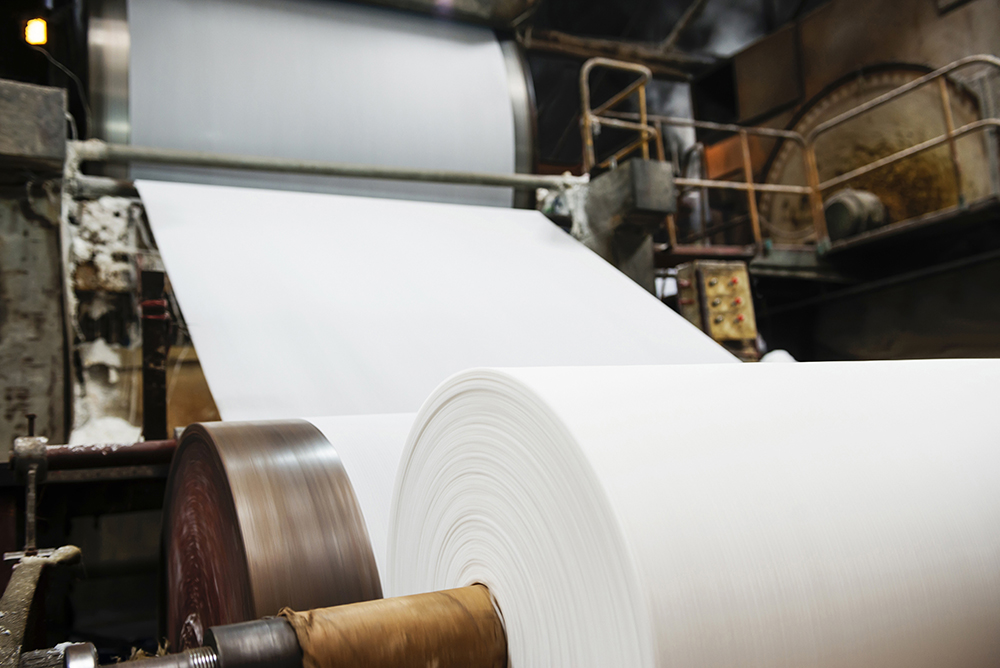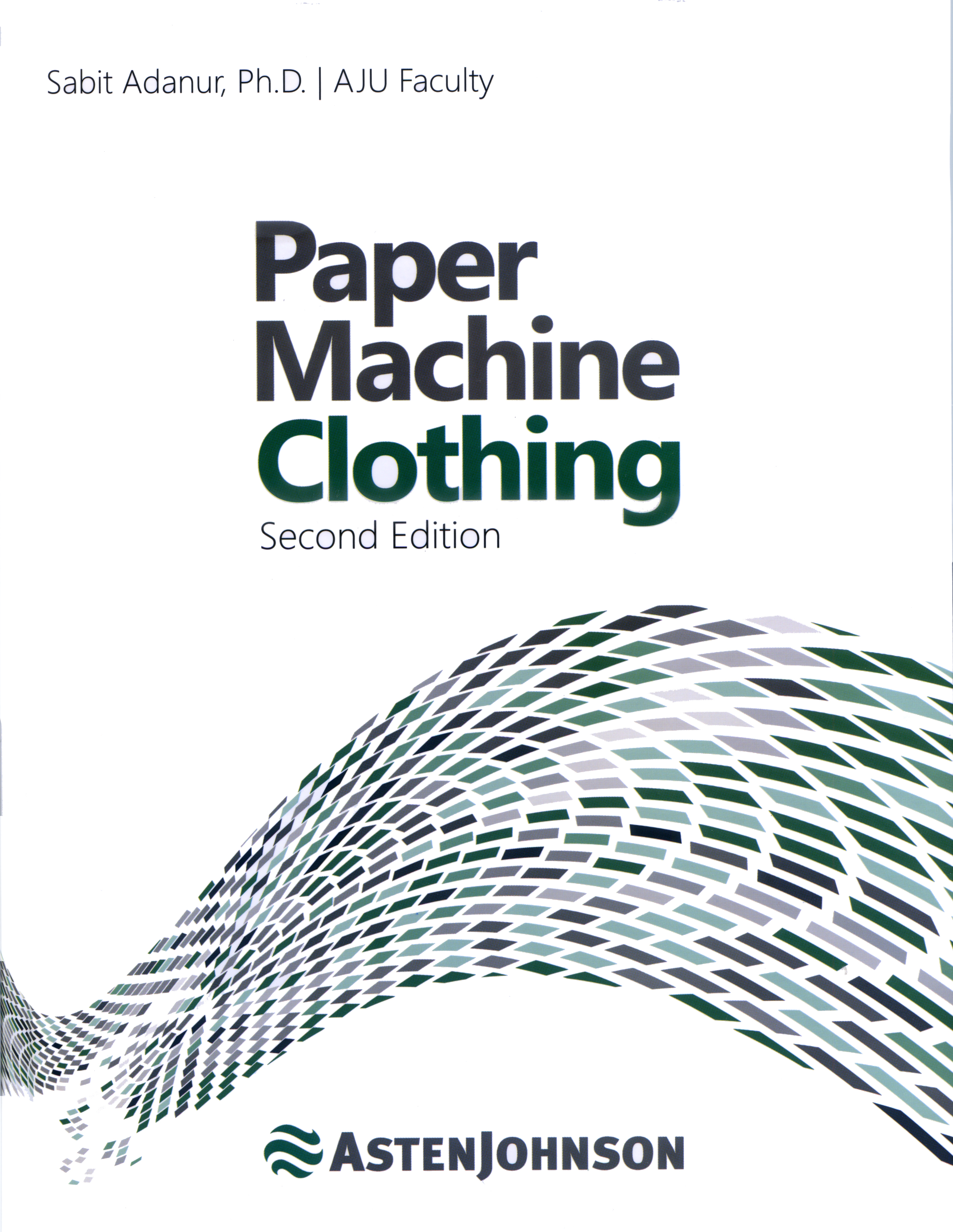 The second edition of the book Paper Machine Clothing (PMC) was published in December 2017 with a group of professionals from AstenJohnson University.
The second edition of the book Paper Machine Clothing (PMC) was published in December 2017 with a group of professionals from AstenJohnson University.
With many research and development and manufacturing facilities globally, AstenJohnson is a major supplier of engineered fabrics for the pulp and paper industry in the world. The book is the result of a two-year project that involved many engineers from North America, Europe and Asia working in the field. Since its first edition in 1997, the PMC book has been the industry standard for papermakers, as well as for manufacturing of forming, pressing and drying fabrics. In addition to the design, manufacturing and testing of these areas, the new book has been revised and expanded to include more topics related to paper machine operations and LeanSigma. The new edition is hardback, 279 pages and printed in color.
Forming, press and dryer fabrics are used on paper machines to make paper and related products. These fabrics are vital to the pulp and paper industry because paper and related products cannot be made without them. Forming fabrics are used to drain the water in the slurry and form the sheet web in the forming section of the paper machine. Then, the sheet web is transported to press fabrics in the press section to extract more water. Subsequently, the sheet is transported to dryer fabrics in the drying section to dry the paper. Therefore, forming, press and dryer fabrics are used to form, press and dry the sheet, to support the sheet along the paper machine and to transport it from section to section. The paper machine is dynamic, typically stretching the length of a football field and running continuously at 2,000 meters per minute. A typical paper machine can cost approximately $400 million and the cost of forming, pressing and drying fabrics on the machine is more than $1 million. Typical life of the fabrics ranges from three months to one year.
 Papermaking and paper machine clothing is a multidisciplinary area that combines textile engineering, chemical engineering and mechanical engineering. Forming, press and dryer fabrics are highly engineered structures that require careful design, manufacturing and application practices. PMC is the only source in its field and therefore fulfills an important mission throughout the world by providing valuable and hard-to-find information to the professionals, as well as academicians, in the pulp and paper related industries. The first edition has been used for research and some courses at Auburn University and the second edition will also be a resource for faculty and students for teaching and research.
Papermaking and paper machine clothing is a multidisciplinary area that combines textile engineering, chemical engineering and mechanical engineering. Forming, press and dryer fabrics are highly engineered structures that require careful design, manufacturing and application practices. PMC is the only source in its field and therefore fulfills an important mission throughout the world by providing valuable and hard-to-find information to the professionals, as well as academicians, in the pulp and paper related industries. The first edition has been used for research and some courses at Auburn University and the second edition will also be a resource for faculty and students for teaching and research.
In addition to the team at AstenJohnson, William A. Finn; Kevin Frank, president and CEO; Daniel D. Cappell; and Bill Haverinen, global marketing manager, were huge assets in this project for making their company’s resources available for the successful outcome of the book. More information about the book can be found at astenjohnson.com/papermachineclothingbook.
Sabit Adanur is a professor in the Department of Mechanical Engineering.